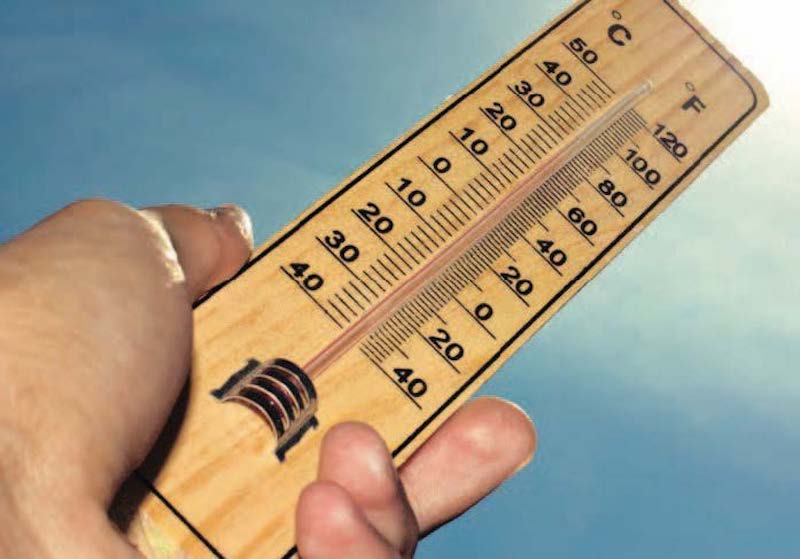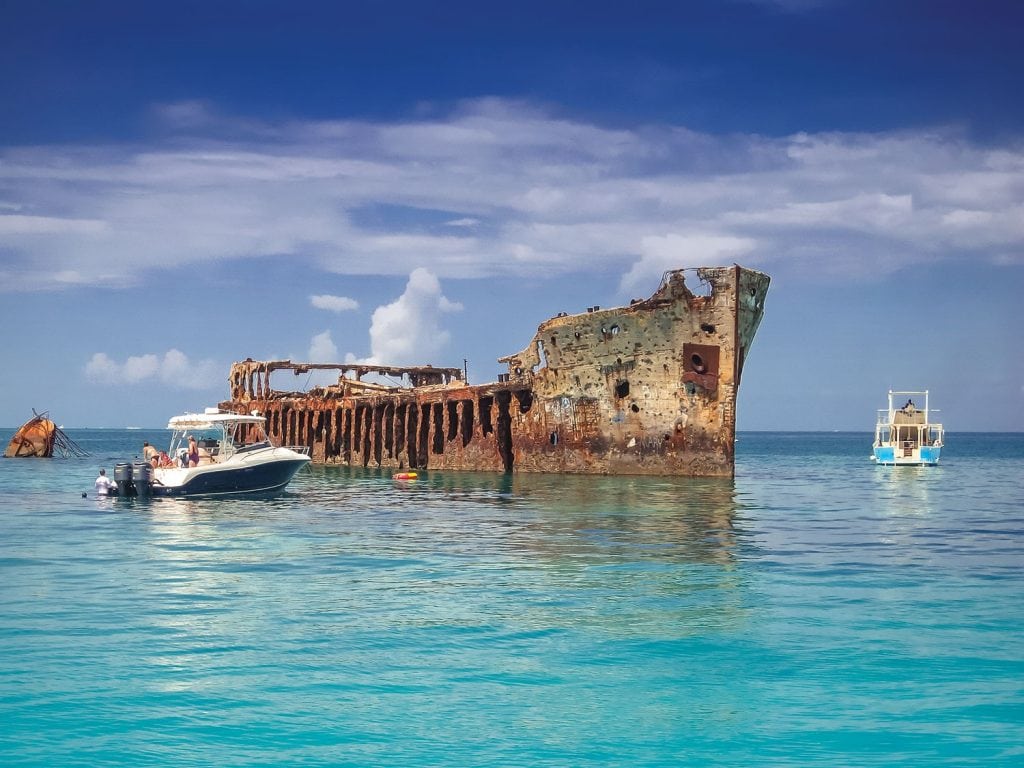Keep it cool: The lowdown on air conditioning maintenance
Air conditioning systems are one of those onboard items that rarely get a second thought—until they stop working. Here’s how to ensure your system keeps cranking out cool goodness on even the sweatiest of summer days.
Air conditioning systems come in numerous configurations; however, they all contain three major components: an evaporator (where “boiling” refrigerant absorbs heat from air), a compressor (which pushes the refrigerant through the system) and a condenser (where the refrigerant is cooled prior to being returned to the evaporator). Marine air conditioning units are typically direct expansion designs, meaning they pump refrigerant directly to air handlers inside the boat. Larger vessels may instead use a chilled-water system, which cools and circulates cold fresh water through the air handlers instead of refrigerant.
The key to keeping your air conditioner operating reliably is regular maintenance. The first place to look for recommended maintenance is your owner’s manual, but here are a few general tips that can be used to help preserve most any system.
Marine air conditioners work by exchanging heat with circulating seawater. When problems occur, one of the most common causes is a lack of water flow through the system. Symptoms of a saltwater system with restricted water flow can range from a lack of cooling output to more frequent on/off cycling of the unit as it struggles to operate.
Air conditioner maintenance of your cooling water system starts with regularly checking the cooling water intake strainer located between the raw water intake seacock and the unit’s pump. Shut off the seacock, then take out the strainer basket and make sure it’s clear of debris and growth. Once the strainer basket is removed, open the seacock briefly to ensure nothing is clogged in front of the strainer. Then carefully check the strainer basket for damage. The fine, stainless steel mesh baskets found in many air conditioning strainers can erode rapidly due to the constant flow of seawater, so it’s a good idea to keep spares on hand.
Also, check the condition of all hose runs and connections. Begin at the seacock and work your way through the system, from seacock to strainer to pump to air conditioning unit and finally, the overboard discharge thru-hull. Look for issues such as leaks, corroded or broken hose clamps, chafe, collapsed hoses and those showing signs of age or deterioration (cracks, swelling at the hose clamps, etc.).
Seawater cooling hoses should also be double clamped where possible if there is sufficient hose barb to allow it. Hose failure is never a good thing, but it can be particularly bad for owners who become complacent about continually running their air conditioning while the vessel is left unattended. If a raw water cooling hose fails with no one on board, the continuous pumping of seawater can easily sink a boat. A less dramatic reason to avoid running your air conditioner 24/7 is that the oxygenated seawater produced by this constant flow enables all kinds of marine critters to take up residence and thrive in your cooling system.
Another issue that can restrict cooling water flow is the buildup of scale in the condenser coils. The coils should be flushed periodically with a weak solution of biodegradable acid to remove both scale and marine growth, typically every two to five years (depending on where the boat is located and how often the air conditioning is used). Back flushing the system using dock or pressurized water is another option to try if the system is clogged.
In addition to cooling water, an air conditioner also needs plenty of air flow to perform correctly. Good quality, properly fitted air filters are crucial to protecting your air conditioner against dirt and dust. Most systems will have two—one behind the return air grill and one at the evaporator unit. Air filters should be cleaned monthly as described in the owner’s manual, typically by vacuuming or removal and washing with plain water; allow them to dry thoroughly before reinstallation.
The inspection of the condensate pan should also be added to your maintenance checklist. This is the tray below the air conditioning unit that collects the water (humidity) pulled from the air as it’s being cooled. The two things to look for here are proper drainage and corrosion of the pan itself.
The pan should be plumbed so that it drains overboard or into a sump, where the water is then pumped out. Allowing condensation to effuse into the bilge is not recommended.
A simple way to check the drain for adequate operation is to temporarily plug it and pour water into the pan, which should then flush away within 30 seconds or so. If the drain hose is clogged, it can be blown clear with compressed air or pressurized water. If the pan is corroded, particularly to the point that it can no longer contain the condensation, it should be repaired or replaced.
Maintenance requirements for a chilled-water air conditioning system are similar to those for a direct expansion system. Chilled-water systems have to be filled with water to operate properly (similar to refrigerant in a direct expansion system). They will typically have pressure gauges to check for leaks or air in the system, which should be part of regularly scheduled air conditioner maintenance.
By Frank Lanier, Southern Boating Magazine July 2017













